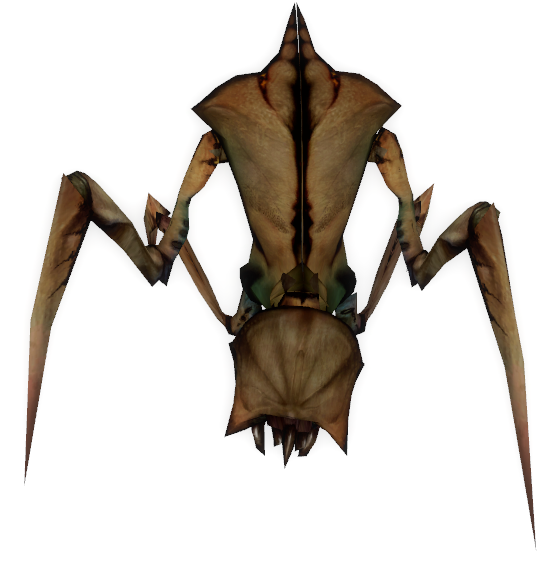

We still scale down - although we're dropping DirectX 7, we scale all the way down for Episode Two." Episode Two borrows elements of DirectX 10 for those whose hardware can take it, although it's not fully DX10-based like Crysis. "PC hardware has moved ahead a lot since we shipped Half-Life 2 and we've tried to stay right on the cutting edge of that hardware. "It's our best-looking game ever, which is owed a lot to the fact that we're targeting a higher end this time," Speyrer explains. One thing that strikes us as we tunnel through the Antlion world is the amazing underwater effect - exactly like swimming with your eyes open. But do we get to make them our friends again? "You'll have to play to find out," Speyrer says, giving nothing away. Tellingly, Alyx is nowhere to be seen here, although regular Antlions are. Even though it's utterly different, it feels like a coherent part of the Half-Life world, and reminds us of Xen. The world itself is an eerie, luminescent blend of blues, greys and light purples, with lots of water, stalagmites and tites jutting out of the ground and ceiling, and a brooding atmosphere that's evocative of the first plunge into the nest of xenomorphs in Aliens. They're from Antlion Workers, a new enemy that takes a couple of shotgun blasts to take down, fires corrosive balls of spit at you and scuttles and leaps with the agility of a regular Antlion. Larvae on the tunnel walls crush underfoot and release suit energy to top Gordon up, and terrible screeches puncture the silence.

"You'll see the ecosystem of the Antlions from the inside." And so we do. In Episode Two, we take you down into those tunnels and you'll see new species of Antlions and fight them," says Speyrer. "In Half-Life 2 and Episode One Antlions just came out of the ground, and the implication was that there's this whole underground system of tunnels that Antlions lived in. We do head underground though, into the Antlion world.


 0 kommentar(er)
0 kommentar(er)
